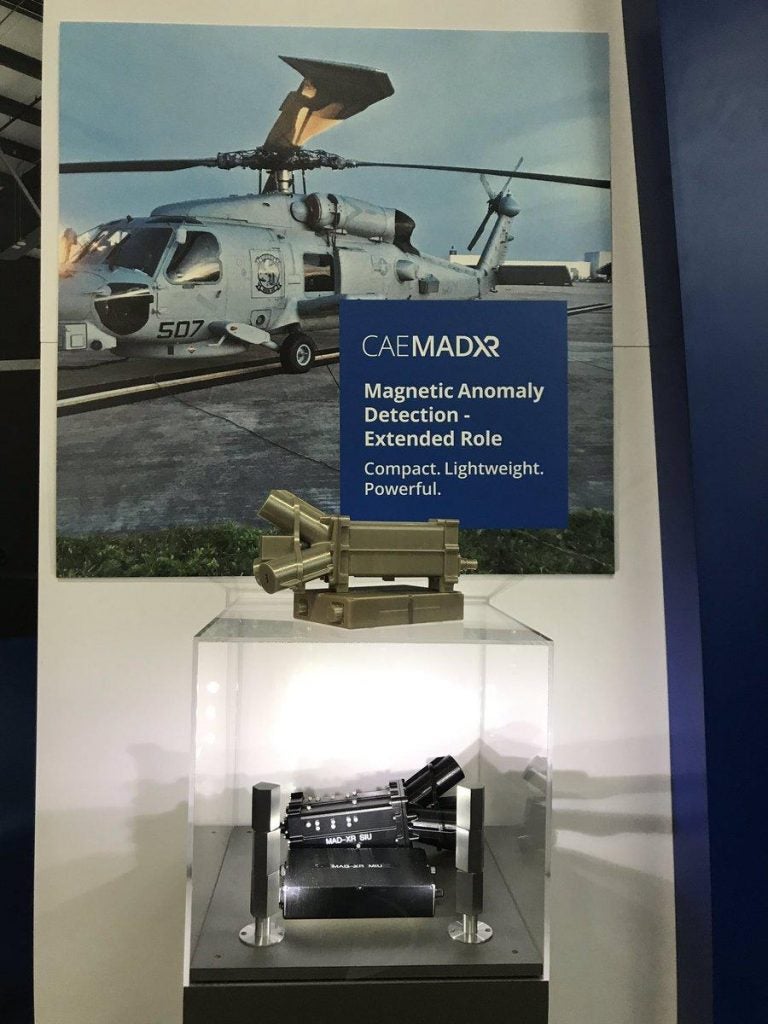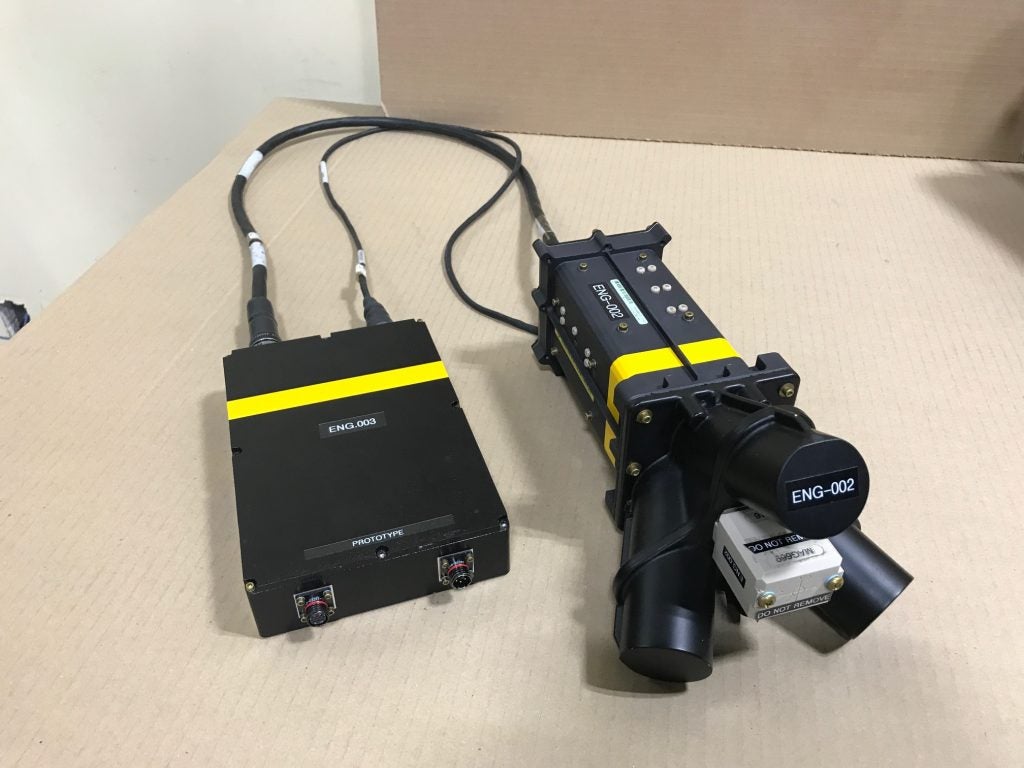CAE Inc. Begins Production of Next Generation Magnetic Anomaly Detector
The Canadian firm CAE Inc. is best known for their training and simulation products. However, it is also a developer and manufacturer of Magnetic Anomaly Detectors (MAD). They currently produce the AN/ASQ-508A Advanced Integrated Magnetic Anomaly Detection System (AIMS) which is fitted on many US sub-hunting aircraft. The new Magnetic Anomaly Detection-Extended Role (MAD-XR) is a significant improvement on older-generation models.
Magnetic Anomaly Detectors have long been a vital component of fixing and killing enemy submarines as part of the greater Anti-Submarine Warfare mission. Early systems were significantly lacking in range and sensitivity, but the technology has improved since its introduction in the late 1950s. All MAD systems work on the principle of magnetic interference in the Earth’s natural magnetic field, such as those caused by 5,000 ton steel hulled submarines.
A U.S. Navy Sikorsky SH-60B Seahawk of Light Helicopter Anti-Submarine Squadron 43 (HSL-43) dropping a sonobuoy. US Navy photo, author unknown.
However, as degaussing methods have become more common and effective, the MAD has become similarly less effective. This has been compounded by a significant increase in the capability of helicopter-borne dipping sonars and aircraft deployed sonobouys. However, MAD systems still have an effective role in the final phases of fixing and killing submarines, after they have been found by sonar systems. Regardless of their significant rarity, titanium hulled submarines were all but invisible to MAD systems, which gave the most advanced Soviet submarines an exploitable margin of stealth during the Cold War.
Game Changer?
CAE’s new MAD-XR, however, claims to change the game. It is significantly smaller and lighter than CAE’s ASQ-508A, and uses a third of the electrical power. CAE also boasts at greater data transfer rates and processing ability of the new system. The first produced MAD-XR has been handed over to the Canadian Government as part of their Build in Canada Innovation Program. The system has also been tested with US Navy MH-60R multi-role helicopters to see if it may be integrated into the helicopter’s sensor suite in the future.

CAE’s Vice President of Business Operations said the following in a press statement “though not as well-known as our simulation and training capabilities, CAE has been involved in producing specialized magnetic anomaly detection systems for many years. The new CAE MAD-XR offers the ability to extend the use of this powerful sensor to a range of platforms and provide defence forces with enhanced capabilities for missions such as submarine detection and search and rescue.”
Questions remain about the long term viability of MAD sensors as submarine hunting tools, but CAE has marketed the MAD-XR as having utility beyond the sea. CAE announced at the CANSEC 2019trade show that the system was entering production, though no figures or dates have been given to the public.

